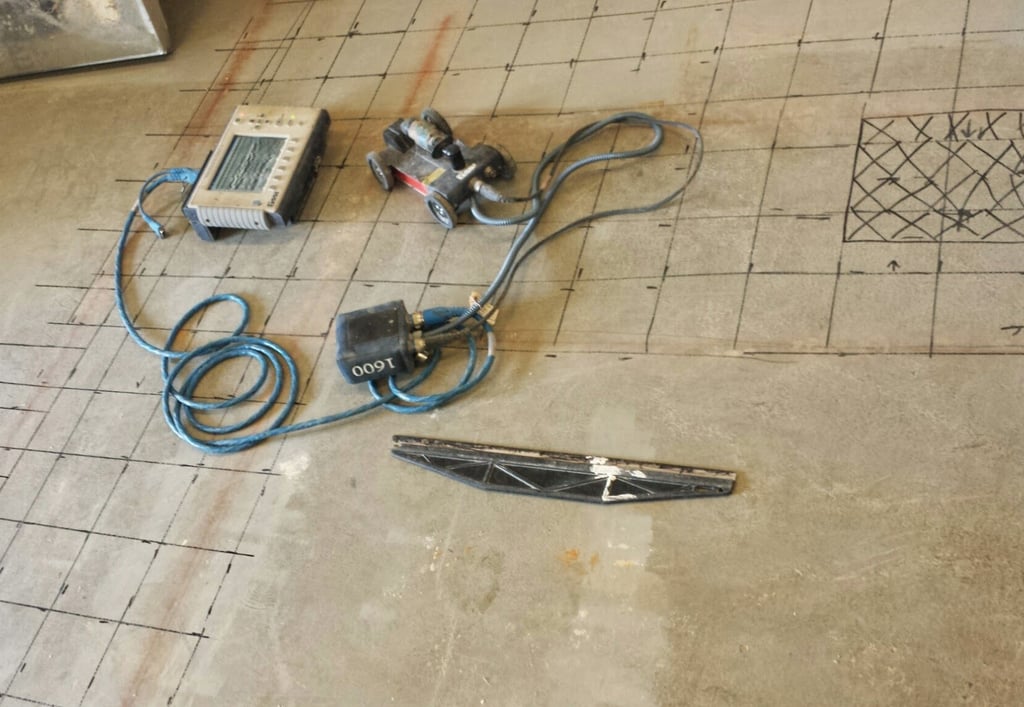Exploring the limitations of ground penetrating RADAR and its ability to see through concrete
Introduction:
When it comes to construction, one of the most critical aspects is understanding what lies beneath the surface of concrete. Ground-penetrating radar (GPR) has emerged as a revolutionary technology in this regard, offering unparalleled insight into the contents of concrete structures. In this article, we delve into the capabilities of GPR and its significance in imaging concrete.
The Power of GPR in Imaging Concrete:
Ground-penetrating radar has an exceptional ability to image the contents of concrete structures. Conduits, cables, and rebar can typically be easily imaged, providing valuable information to construction professionals. However, it's important to note that the clarity of the image depends heavily on factors such as the moisture content of the concrete and the amount of items contained within the concrete.
Detecting Voids and Limitations:
In addition to imaging structural components, GPR can also detect voids beneath slab-on-grade constructions. However, imaging the ground below the concrete is usually difficult, if not impossible, due to limitations in penetration depth. Furthermore, standing water on the surface may impair the radar's ability to produce accurate images.
Safety and Alternatives:
One of the significant advantages of using GPR is its safety compared to physical X-ray methods. GPR emits non-ionizing radiation, making it a safer option for imaging concrete structures without posing health risks to workers or occupants. Another advantage is that large areas of concrete can be imaged in an relatively short time compared to x-ray which involves a lengthy process to get a final result
Quality of Service:
It's crucial to recognize that the quality of GPR service is heavily dependent on the technician's knowledge and expertise in interpreting radar data. Therefore, it's advisable to select a firm that specializes in GPR rather than someone who offers it as an additional service. A skilled technician can provide accurate and insightful data, guiding construction projects with confidence.
Conclusion:
In conclusion, ground-penetrating radar offers a powerful solution for imaging concrete structures, providing invaluable information to construction professionals. From detecting conduits and rebar to identifying voids, GPR enhances safety and efficiency on construction sites. By choosing a reputable firm with expertise in GPR, you can ensure reliable data interpretation and informed decision-making throughout your projects.
Invest in the future of construction with ground-penetrating radar imaging.
This blog post provides a comprehensive overview of the capabilities of ground-penetrating radar in imaging concrete structures, covering its advantages, limitations, and the importance of selecting a qualified provider.




